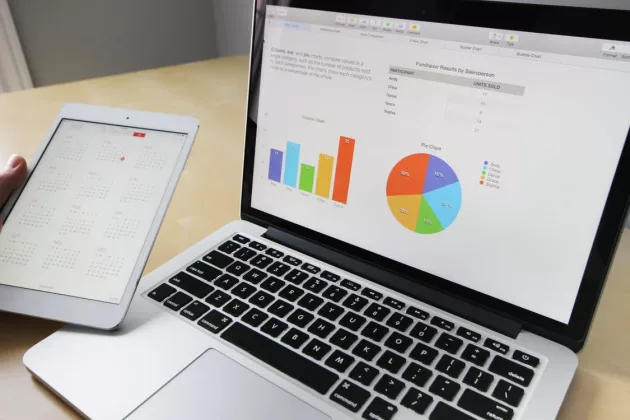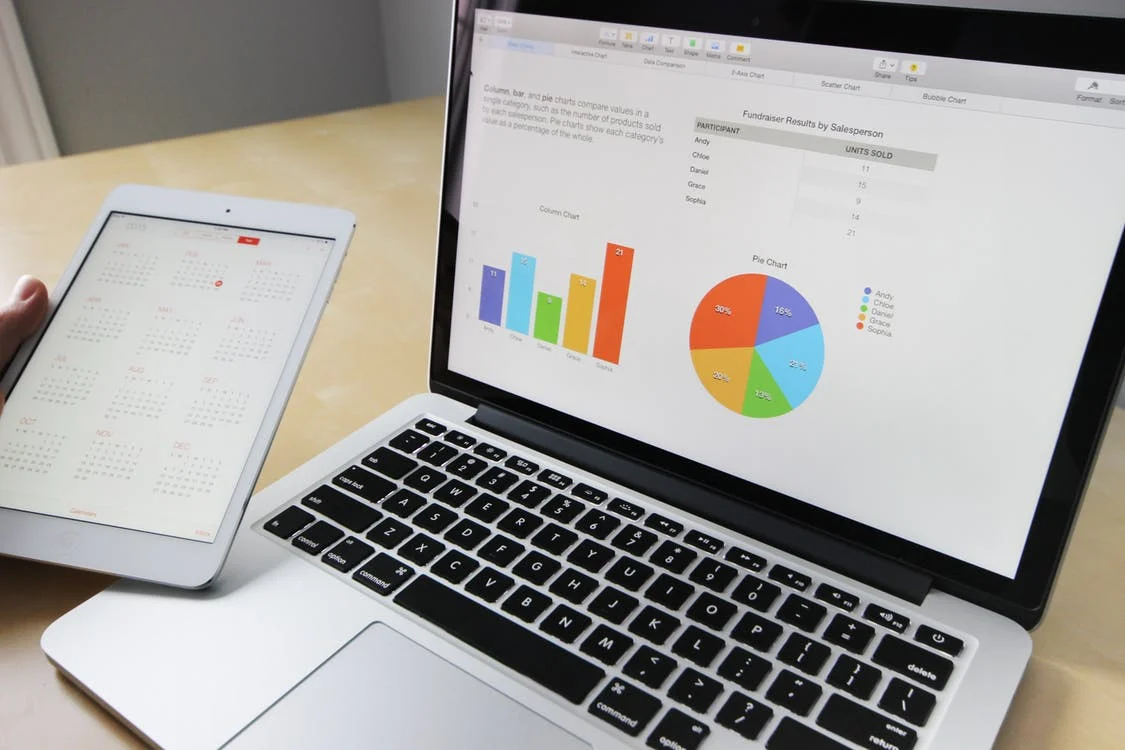In the past two years, consumer debts have touched an all-time high, mainly due to COVID-19. Bad debt management can and will break your bank account in no time, whether you have a high-paying job or a minimum wage job. If you want total financial freedom, handling your debts smartly is non-negotiable.
If you are juggling multiple debts and are struggling to make the repayments on time, then you will be happy to know there are some ways to manage the strain of the monthly payments of your personal loans. Here are 5 ways through which you can lower the monthly repayments:
1. Debt Consolidation
If you have multiple outstanding loans, then you have the option to consolidate your loans. If you’re eligible to apply for debt consolidation, it’s worth looking into it. It allows you to take out a single loan to clear all your separate loans. Afterward, you will have only one outstanding loan; the consolidation loan. Consolidating your debts at a lower interest rate will get you a lower monthly repayment. However, be careful about the repayment period. If the timeline is long, you may pay much more than the loan amount you had applied for, including the interest amount.
2. Credit Counseling
Credit counseling involves discussing the correct type of loan for your financial crisis and negotiating better terms with the credit lenders. Counselors can help you get a low-interest rate and find better terms than those you would get on your own. It also means you will have a low monthly payment, and the counselors help you manage and plan the repayments smartly to prepare you for any financial surprises.
3. Balance Transfer
You can probably get a balance transfer credit card if you have a good credit score. Remember that these sorts of credit cards usually charge an incurring fee. This fee may reduce the savings you expect, but balance transfer credit cards charge a much lower interest rate than other credit cards. Sometimes, people can even get interest-free terms at the introductory level.
4. Negotiate with Your Lender
If you are struggling with your repayments, make a list of your lenders. Then, calculate the minimum amount you can pay to these lenders. Call all of them and tell them about your situation; most of them will be able to offer you a hardship plan or other solutions like refinancing your personal loan to help you manage your repayments without defaulting. Ensure you analyze your finances properly and can repay the minimum amount you calculated. If they agree, you should also get a written agreement from them, so there’s no further trouble.
5. Bankruptcy
If the debts are just too much and you aren’t able to get any help, filing for bankruptcy is also an option. To prevent people from abusing the law, you will have to appear for credit counseling and are required to draw up an income-debt comparison before filing for bankruptcy. Chapter 7 of bankruptcy can help you scratch off specific loans, while Chapter 13 of bankruptcy will create a suitable payment plan for your situation.
Conclusion
With the rise in debts and inflation, people are struggling more than ever to manage their debts without going under completely. However, sometimes a little help or sound advice can push them in the right direction. If you have multiple debts and are overwhelmed with all the repayments, we hope this helps you find better repayment terms or advice to lower the amount of your monthly repayments.


